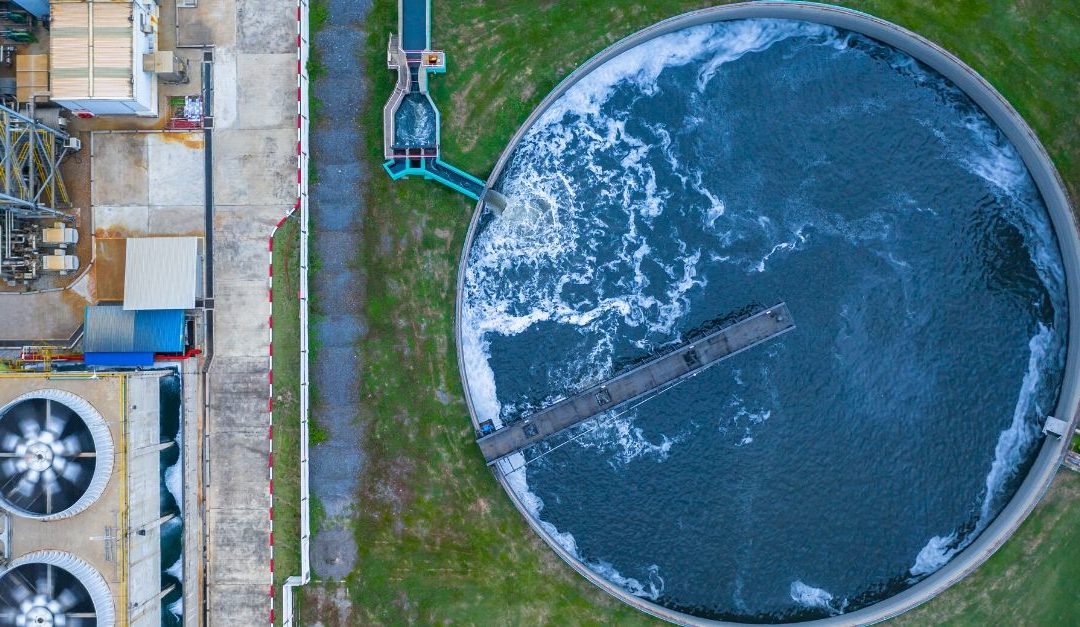
by Juls Clemente | Mar 24, 2020 | Case Studies, Food to Microbe
Mechanical WWTP .1 MGD The F:M in the wastewater treatment network at a National Park in Wyoming was optimal from July–October. There was consistent organic carbon loading during this time from tourist activities. However, when the park closed for the winter, the...
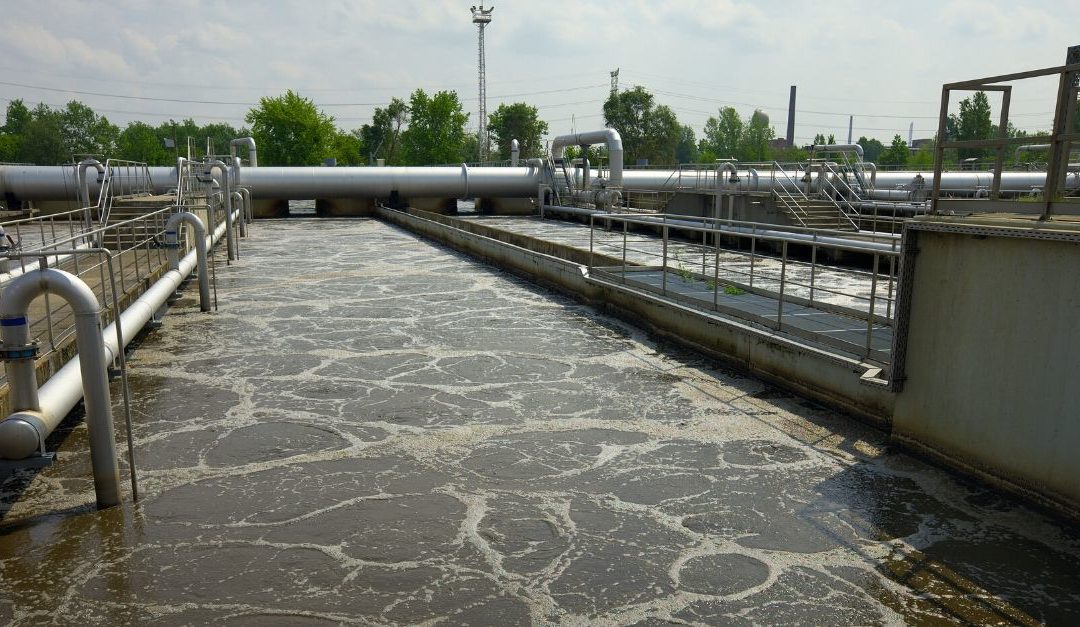
by Juls Clemente | Mar 24, 2020 | Case Studies, Food to Microbe
Mechanical WWTP .003 MGD In many resort towns, the influent loads to the wastewater treatment system are highly variable throughout the year. During the tourist seasons there is an abundance of wastewater to sustain the biomass at treatment facilities, but when the...
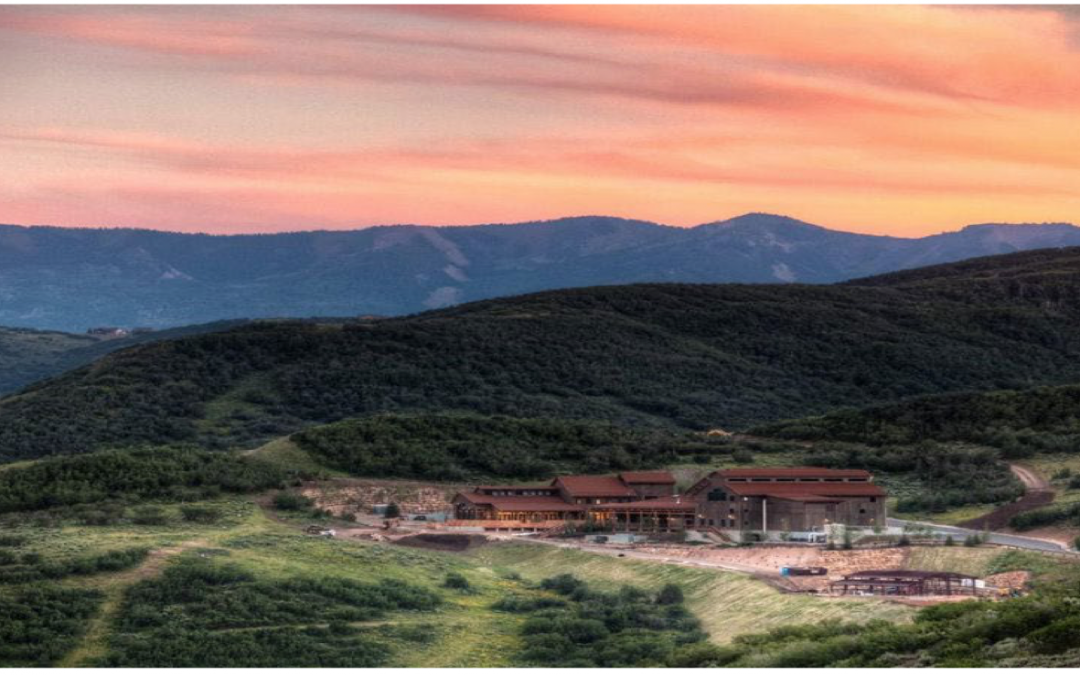
by Juls Clemente | Mar 24, 2020 | Case Studies, Food to Microbe
Mechanical WWTP .06 MGD Wastewater treatment plants receiving inconsistent influent loads are often challenged with maintaining an effective biological treatment. Many of the key microorganisms in wastewater processes are dependent on organic substrate to grow and...
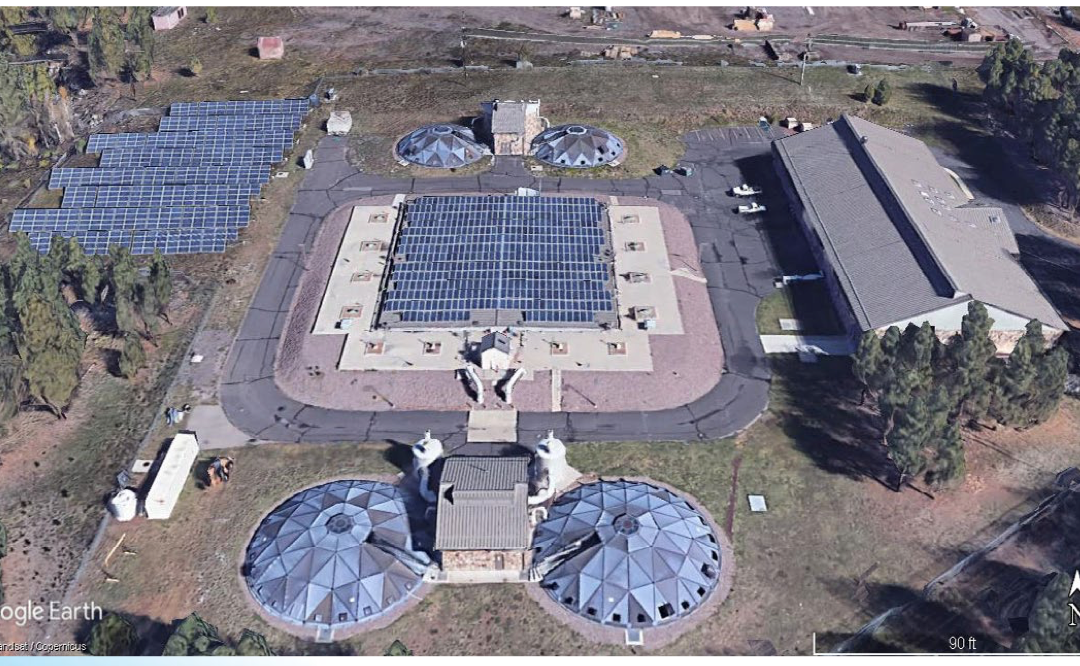
by Juls Clemente | Mar 24, 2020 | Case Studies, Export, Food to Microbe
Mechanical WWTP 2 MGD Many wastewater systems experiencing high infiltration and inflow (I&I) have issues with hydraulic overloading which impacts biomass stability. I&I can impair the capacity of the wastewater collection system and wastewater treatment...
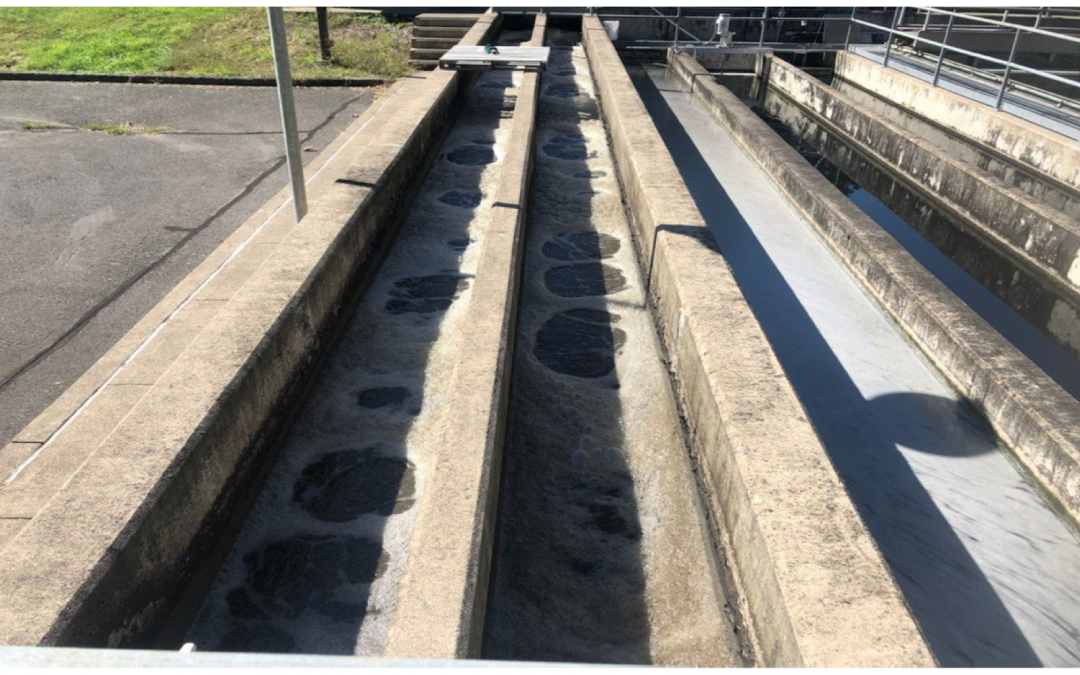
by Juls Clemente | Mar 24, 2020 | Case Studies, Food to Microbe
Mechanical WWTP .2 MGD Wastewater systems located in regions with high annual precipitation, such as the Pacific Northwest, are prone to experiencing biological washouts due to high infiltration and inflow (I&I) from collection systems. Infiltration and inflow can...
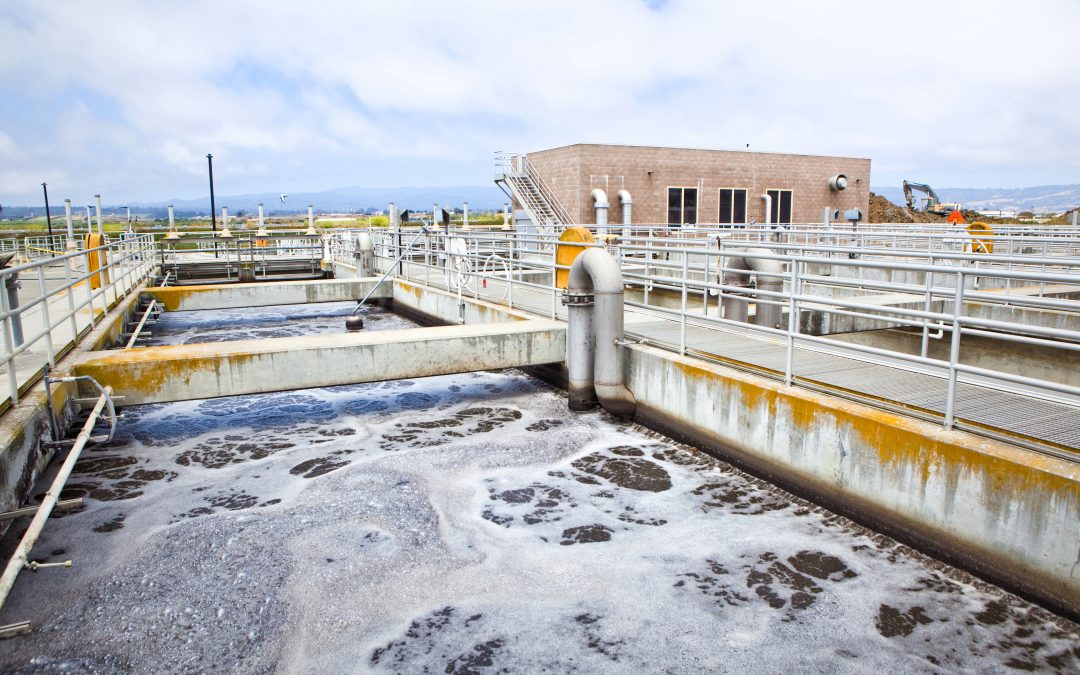
by Juls Clemente | Mar 20, 2020 | Case Studies, Denitrification, Export
Activated Sludge Plant 0.2 MGD For many municipal wastewater treatment facilities, removing inorganic nitrogen to permitted discharge levels is a challenging requirement. Without the role of biological nutrient removal (BNR) in treatment systems, effluent wastewater...







